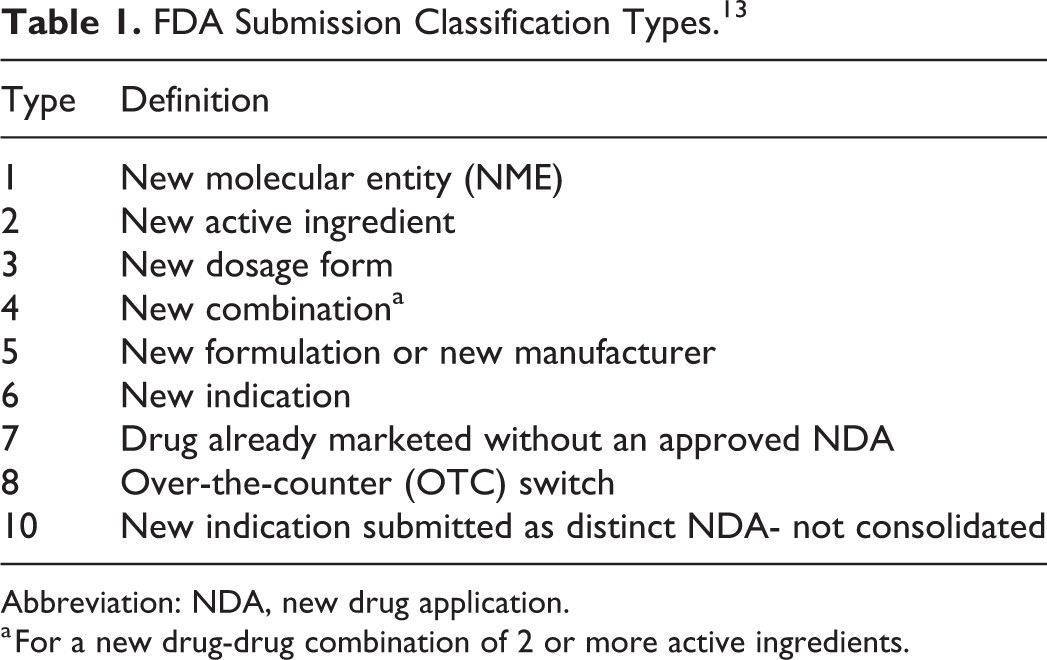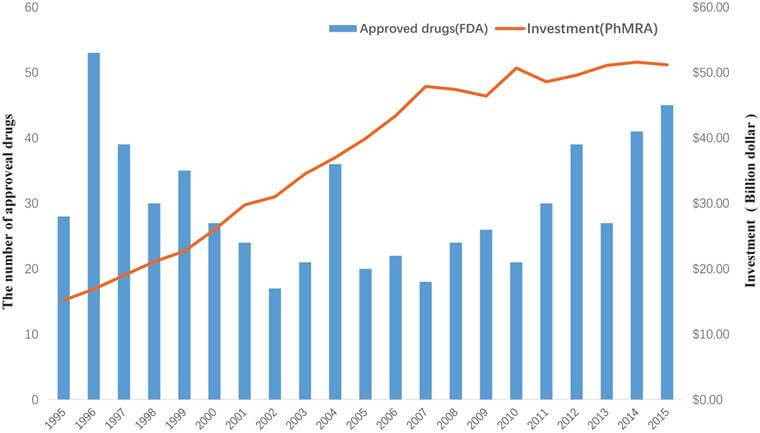In the pharmaceutical industry accurate forecasting is not just a luxury—it’s a necessity. The ability to predict future trends, market demands, and potential roadblocks can make or break a company’s success. At the heart of this predictive power lies clinical trial data, a goldmine of information that, when harnessed correctly, can transform the way pharmaceutical companies operate and strategize.
The Power of Clinical Trial Data in Pharma Forecasting
Clinical trials are the backbone of pharmaceutical research and development. They provide invaluable insights into drug efficacy, safety profiles, and potential market performance. But beyond these obvious benefits, clinical trial data serves as a crystal ball for pharma companies, offering a glimpse into the future of their products and the industry as a whole.
Unlocking the Potential of Big Data
In today’s digital age, the sheer volume of data generated from clinical trials is staggering. From patient demographics to adverse event reports, every piece of information collected during a trial can contribute to more accurate forecasting. But how do we make sense of this data deluge?
The key lies in advanced analytics and machine learning algorithms that can sift through mountains of data to identify patterns and trends that human analysts might miss. These technologies are revolutionizing the way pharmaceutical companies approach forecasting, allowing for more nuanced and accurate predictions.
Real-Time Insights for Agile Decision Making
Gone are the days when companies had to wait for a trial to conclude before gaining valuable insights. Modern clinical trial management systems provide real-time data that can be used to make on-the-fly adjustments to forecasts and strategies.
For instance, if early trial data suggests a drug might be more effective in a specific subpopulation, companies can quickly pivot their marketing strategies or even consider developing companion diagnostics to target this group more effectively.
Leveraging Clinical Trial Data for Market Analysis
Understanding the market is crucial for any business, but in the pharmaceutical industry, it can mean the difference between a blockbuster drug and a costly failure. Clinical trial data provides a wealth of information that can be used to analyze market potential and competitive landscapes.
Identifying Unmet Medical Needs
By analyzing data from ongoing and completed trials, pharmaceutical companies can identify gaps in current treatment options. This insight allows them to focus their R&D efforts on areas with the highest unmet medical needs, potentially leading to groundbreaking therapies and significant market opportunities.
Competitive Intelligence
Clinical trial registries and published results offer a window into competitors’ pipelines and strategies. By closely monitoring this data, companies can:
- Anticipate potential market entrants
- Assess the strengths and weaknesses of competing drugs
- Identify opportunities for differentiation
This intelligence is invaluable for shaping long-term forecasts and strategic planning.
Enhancing Drug Development Strategies
Clinical trial data doesn’t just inform forecasts—it shapes the very drugs that make it to market. By leveraging this data effectively, pharmaceutical companies can optimize their drug development strategies for maximum impact.
Optimizing Trial Design
Historical trial data can guide the design of future studies, helping companies:
- Select the most appropriate endpoints
- Determine optimal sample sizes
- Identify potential safety concerns early
This not only improves the chances of trial success but also leads to more accurate forecasting of development timelines and costs.
Predicting Regulatory Outcomes
The road to regulatory approval is long and fraught with uncertainty. However, by analyzing data from similar trials and historical approval patterns, companies can better predict:
- The likelihood of regulatory success
- Potential requests for additional data
- Timelines for approval processes
These predictions are crucial for accurate revenue forecasting and resource allocation.
Financial Forecasting and Resource Allocation
In the high-stakes world of pharmaceutical development, where a single drug can cost billions to bring to market, accurate financial forecasting is paramount. Clinical trial data plays a pivotal role in this process.
Estimating Development Costs
By analyzing data from similar trials, companies can more accurately estimate the costs associated with drug development. This includes:
- Patient recruitment expenses
- Site management costs
- Data management and analysis expenses
These estimates form the foundation of long-term financial forecasts and help companies allocate resources more efficiently.
Projecting Revenue Potential
Clinical trial data provides crucial insights into a drug’s potential market performance. Factors such as efficacy rates, safety profiles, and patient satisfaction scores can be used to project:
- Market share
- Pricing strategies
- Potential sales volumes
These projections are essential for investors and stakeholders, guiding decisions on whether to continue funding development or pivot to more promising candidates.
Improving Patient Recruitment and Retention
One of the most significant challenges in clinical trials is patient recruitment and retention. Delays in this area can derail timelines and blow budgets out of proportion. Fortunately, data from past trials can help companies optimize these processes.
Identifying Ideal Patient Populations
By analyzing data from successful trials, companies can create detailed profiles of ideal study participants. This information can be used to:
- Target recruitment efforts more effectively
- Streamline screening processes
- Reduce dropout rates
The result? Faster, more efficient trials that stay on budget and on schedule.
Predicting and Mitigating Dropout Rates
Patient dropout is a major concern in clinical trials, often leading to delays and increased costs. By analyzing historical data, companies can:
- Identify factors that contribute to high dropout rates
- Implement strategies to improve patient retention
- More accurately forecast trial durations and costs
This proactive approach not only improves trial outcomes but also leads to more accurate long-term forecasts.
Navigating Regulatory Landscapes
The regulatory environment in the pharmaceutical industry is complex and ever-changing. Clinical trial data serves as a compass, helping companies navigate these treacherous waters.
Anticipating Regulatory Requirements
By analyzing trends in regulatory decisions and feedback, companies can:
- Anticipate potential requests for additional data
- Proactively address safety concerns
- Align trial designs with evolving regulatory standards
This foresight allows for more accurate timeline projections and resource allocation.
Streamlining Approval Processes
Data from successful trials can provide a roadmap for regulatory success. By understanding what has worked in the past, companies can:
- Prepare more comprehensive and compelling submissions
- Anticipate and address potential regulatory concerns
- Reduce delays in the approval process
These insights are invaluable for forecasting product launch timelines and market entry strategies.
Personalizing Medicine Through Data
The era of one-size-fits-all medicine is coming to an end. Clinical trial data is at the forefront of the personalized medicine revolution, allowing companies to tailor treatments to specific patient populations.
Identifying Biomarkers
By analyzing trial data, researchers can identify biomarkers that predict:
- Drug efficacy in specific patient subgroups
- Potential adverse reactions
- Optimal dosing regimens
This information not only improves patient outcomes but also allows for more targeted marketing and potentially higher reimbursement rates.
Developing Companion Diagnostics
As personalized medicine gains traction, companion diagnostics are becoming increasingly important. Clinical trial data can guide the development of these tests, helping to:
- Identify patients most likely to benefit from a specific treatment
- Minimize adverse events
- Improve overall treatment efficacy
The ability to pair drugs with diagnostic tests can significantly impact market forecasts and pricing strategies.
Harnessing Real-World Evidence
While traditional clinical trials remain the gold standard for drug approval, real-world evidence (RWE) is gaining importance in the pharmaceutical industry. This data, collected outside the controlled environment of clinical trials, provides valuable insights for forecasting and decision-making.
Complementing Clinical Trial Data
Real-world evidence can:
- Validate clinical trial findings in diverse populations
- Identify rare side effects not captured in trials
- Provide insights into long-term drug performance
By integrating RWE with clinical trial data, companies can create more comprehensive and accurate forecasts.
Informing Post-Market Strategies
RWE is particularly valuable for post-market surveillance and strategy. It can help companies:
- Identify new indications for existing drugs
- Refine marketing strategies based on real-world usage patterns
- Anticipate and address potential safety concerns
This ongoing stream of data allows for continuous refinement of forecasts and strategies throughout a product’s lifecycle.
The Role of Artificial Intelligence in Data Analysis
As the volume and complexity of clinical trial data continue to grow, artificial intelligence (AI) and machine learning are becoming indispensable tools for analysis and forecasting.
Predictive Modeling
AI algorithms can analyze vast datasets to:
- Predict trial outcomes with increasing accuracy
- Identify potential safety signals early in development
- Optimize trial designs for efficiency and effectiveness
These predictive models are revolutionizing the way pharmaceutical companies approach forecasting and risk management.
Natural Language Processing
Natural Language Processing (NLP) technologies are helping companies extract valuable insights from unstructured data sources such as:
- Clinical trial reports
- Scientific literature
- Patient feedback and social media
By incorporating these diverse data sources, companies can create more holistic and accurate forecasts.
Ethical Considerations in Data Usage
While the potential of clinical trial data for forecasting is immense, it’s crucial to address the ethical implications of its use.
Protecting Patient Privacy
As data becomes more granular and personalized, protecting patient privacy is paramount. Companies must:
- Implement robust data anonymization techniques
- Ensure compliance with regulations like GDPR and HIPAA
- Establish clear guidelines for data access and usage
Failure to address these concerns can lead to legal issues and loss of public trust, significantly impacting forecasts and market performance.
Ensuring Data Integrity
The reliability of forecasts depends on the integrity of the underlying data. Companies must:
- Implement rigorous data validation processes
- Address potential biases in data collection and analysis
- Ensure transparency in reporting methodologies
By maintaining high standards of data integrity, companies can build trust in their forecasts and decision-making processes.
The Future of Clinical Trial Data in Pharma Forecasting
As we look to the future, the role of clinical trial data in pharmaceutical forecasting is set to become even more prominent. Emerging technologies and evolving regulatory landscapes will shape how this data is collected, analyzed, and applied.
Decentralized Trials and Continuous Data Collection
The rise of decentralized clinical trials, facilitated by wearable devices and remote monitoring technologies, is set to revolutionize data collection. This approach will:
- Provide more continuous and comprehensive patient data
- Reduce geographical barriers to trial participation
- Allow for more diverse and representative patient populations
These changes will lead to richer datasets and, consequently, more nuanced and accurate forecasts.
Integration of Multi-Omics Data
The integration of genomics, proteomics, and other -omics data with traditional clinical trial data will provide unprecedented insights into drug efficacy and safety. This holistic approach will:
- Enable more precise patient stratification
- Improve predictions of drug responses and side effects
- Guide the development of truly personalized therapies
As these technologies mature, they will become integral to pharmaceutical forecasting and decision-making.
Key Takeaways
- Clinical trial data is a powerful tool for accurate pharmaceutical forecasting, offering insights into market trends, drug efficacy, and potential roadblocks.
- Advanced analytics and AI are essential for extracting meaningful insights from the vast amounts of data generated by clinical trials.
- Real-time data analysis allows for agile decision-making and strategy adjustments throughout the drug development process.
- Integrating clinical trial data with real-world evidence provides a more comprehensive view of a drug’s potential performance.
- Ethical considerations, particularly around patient privacy and data integrity, must be at the forefront of data usage strategies.
- The future of clinical trial data in forecasting will be shaped by decentralized trials, continuous data collection, and the integration of multi-omics data.
By leveraging clinical trial data effectively, pharmaceutical companies can transform their forecasting capabilities, leading to more informed decision-making, optimized resource allocation, and ultimately, better patient outcomes.
FAQs
- How does clinical trial data improve the accuracy of pharmaceutical forecasting?
Clinical trial data provides detailed insights into drug efficacy, safety profiles, and potential market performance. By analyzing this data, companies can make more informed predictions about a drug’s chances of success, potential market share, and revenue projections. - What role does artificial intelligence play in analyzing clinical trial data for forecasting?
AI and machine learning algorithms can process vast amounts of clinical trial data quickly, identifying patterns and trends that humans might miss. This leads to more accurate predictive models for trial outcomes, safety signals, and market performance. - How can real-world evidence complement clinical trial data in forecasting?
Real-world evidence provides insights into how drugs perform outside the controlled environment of clinical trials. This data can validate trial findings, identify rare side effects, and offer insights into long-term drug performance, all of which contribute to more comprehensive forecasts. - What are the ethical considerations when using clinical trial data for forecasting?
Key ethical considerations include protecting patient privacy, ensuring data integrity, and addressing potential biases in data collection and analysis. Companies must also be transparent about their data usage and comply with relevant regulations. - How is the future of clinical trial data collection likely to impact pharmaceutical forecasting?
The rise of decentralized trials and continuous data collection through wearable devices will provide richer, more diverse datasets. Additionally, the integration of multi-omics data will allow for more precise patient stratification and personalized therapy predictions, leading to more nuanced and accurate forecasts.
Citations:
[1] https://lifesciences.n-side.com/forecasting-and-optimization-clinical-trials
[2] https://mitsloan.mit.edu/ideas-made-to-matter/using-machine-learning-to-better-predict-clinical-trial-outcomes
[3] https://www.ncbi.nlm.nih.gov/pmc/articles/PMC5074862/
[4] https://mitsloan.mit.edu/press/using-data-science-to-forecast-clinical-trial-outcomes-may-help-biomedical-stakeholders-de-risk-their-portfolios
[5] https://blog.onestudyteam.com/clinical-trial-enrollment-forecasting
[6] https://www.clinicalleader.com/doc/digitalized-drug-forecasting-minimizes-waste-in-clinical-trial-supply-chain-0001
[7] https://www.drugpatentwatch.com/blog/how-clinical-trial-data-supports-accurate-pharma-forecasting/
[8] https://www.linkedin.com/pulse/predictive-analytics-pharma-how-generative-ai-transforming-jmx5c























